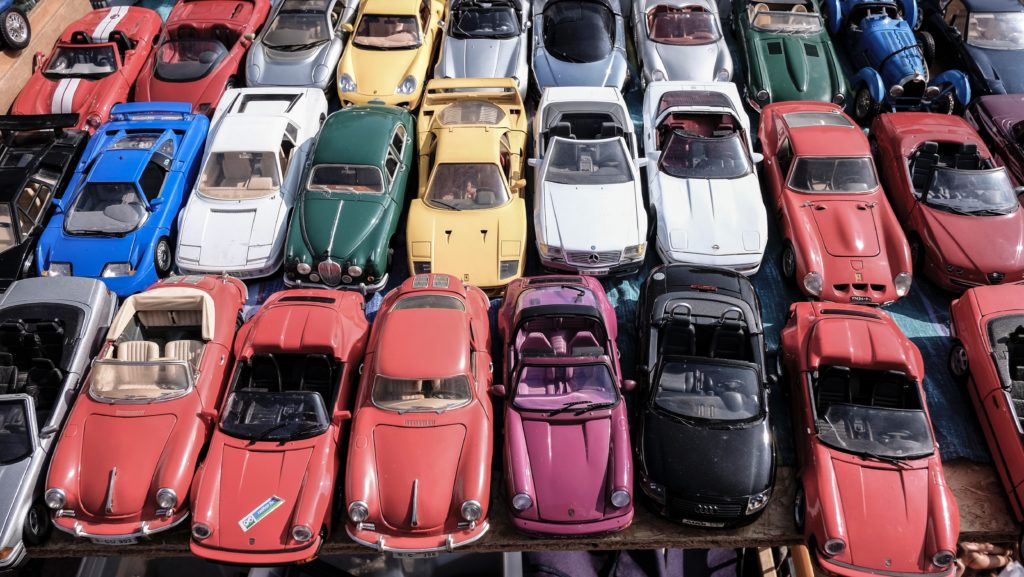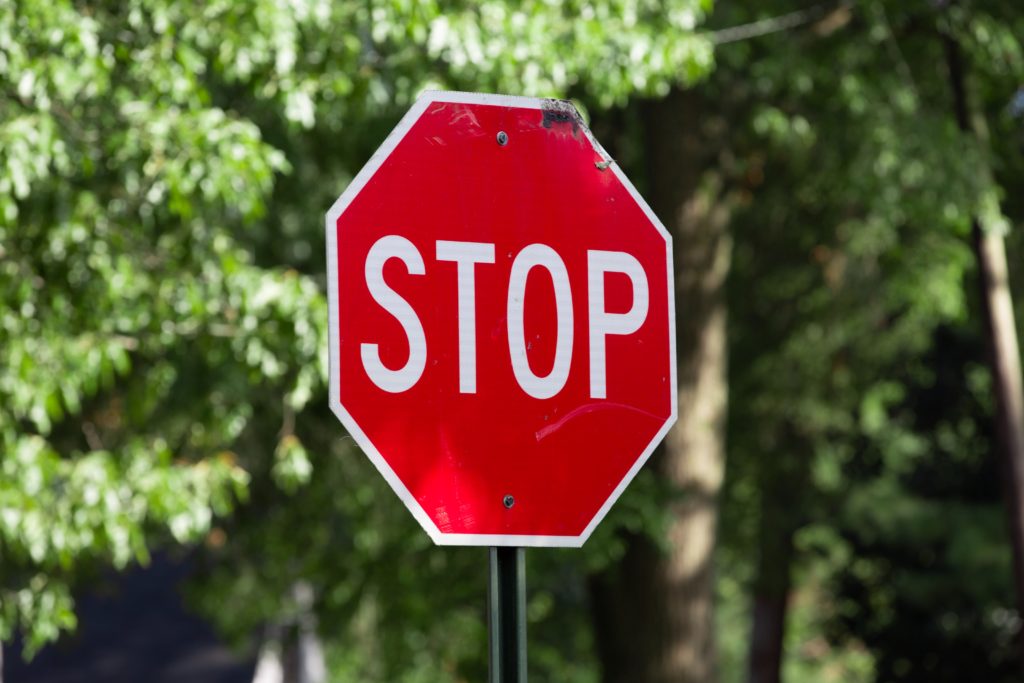Dutch Fillers Part 1 – Why do We Use Stopwoorden? Posted by Sten on Mar 10, 2021 in Dutch Grammar, Dutch Language, Dutch Vocabulary
So, you’ve tried to learn Dutch, right? Well, you know, there are words that make sentences unnecessarily long, right? Like, without them, you could, like, still say the same thing, you know, with fewer words. You can probably tell by now, I am talking about stopwoorden (“fill words”, fillers). We have them in Dutch, too! Here’s why we even use these stopwoorden and the ones we use a lot in Dutch. So, eh… Read on, I guess.
Click here to read Dutch Fillers Part 2.
Why do we use stopwoorden (fillers)?
Stopwoorden fulfil (pun intended) different purposes. They help us indicate that our turn in a conversation is not over yet – we still have more to say. So the often-critiqued “uhm” that plagues many can actually also have a useful function! But that’s in conversations – in a presentation you already have the floor, so there’s no need for a filler to retain it. Uhm in both its short and longer versions is as prevalent in Dutch as it is in English, pronounced the same. Although the uh sounds more like the u than in English, where it often becomes an Ah. Here’s a comparison:
But yeah, other than that, identical. There are other stopwoorden that fulfill this purpose, but uhm is the one that fits the bill best.
A stopwoord can also help anchor the speaker. You know, to get feedback from listeners that we’re making sense.
Furthermore, with a stopwoord we can also indicate twijfel (doubt). When you are not sure about what you are saying, you might introduce these words. For example:
Ik denk dat hij een slecht cijfer heeft of zo (I think that he has a bad grade or so).
Dat kan ik me eigenlijk niet echt voorstellen (I can’t actually not really imagine that).
And when you read these sentences, the use of stopwoorden comes across as excessive – because it is. In a fancy way, you could say that stopwoorden reduce the betekenisdichtheid (meaning density) of what’s being said. After removing the stopwoorden, the sentence will say the same thing.
Finally, stopwoorden can also help emphasize what you want to say. The logic of a language is not always enough to convey the true gravity of what we are trying to say, and so we literally add words sometimes to make sure people understand.
Of course, all stopwoorden share a common rule – don’t overuse them! It’s completely normal to use them. I often end up using loads of them in my blog posts to keep a conversational tone myself. But when the entire article reads or somebody sounds like the introduction to this post, it actually makes reading or listening a lot harder.
What does stopwoord mean?
So we talked about what stopwoorden are for. But what does the Dutch word mean, actually?
When you hear stopwoord, you might think it means “stop word”, like the traffic sign. But that doesn’t really make sense with its meaning.
In this context, like the synonym stoplap, stoppen actually has its other meaning of vullen, dichtmaken (to fill up, close off). So like the English word “filler”, the Dutch word means the exact same thing. And that’s what these words do – they pad our sentences.
Click here to read part 2 for a list of some of the most common Dutch stopwoorden and their English equivalents!

Build vocabulary, practice pronunciation, and more with Transparent Language Online. Available anytime, anywhere, on any device.





